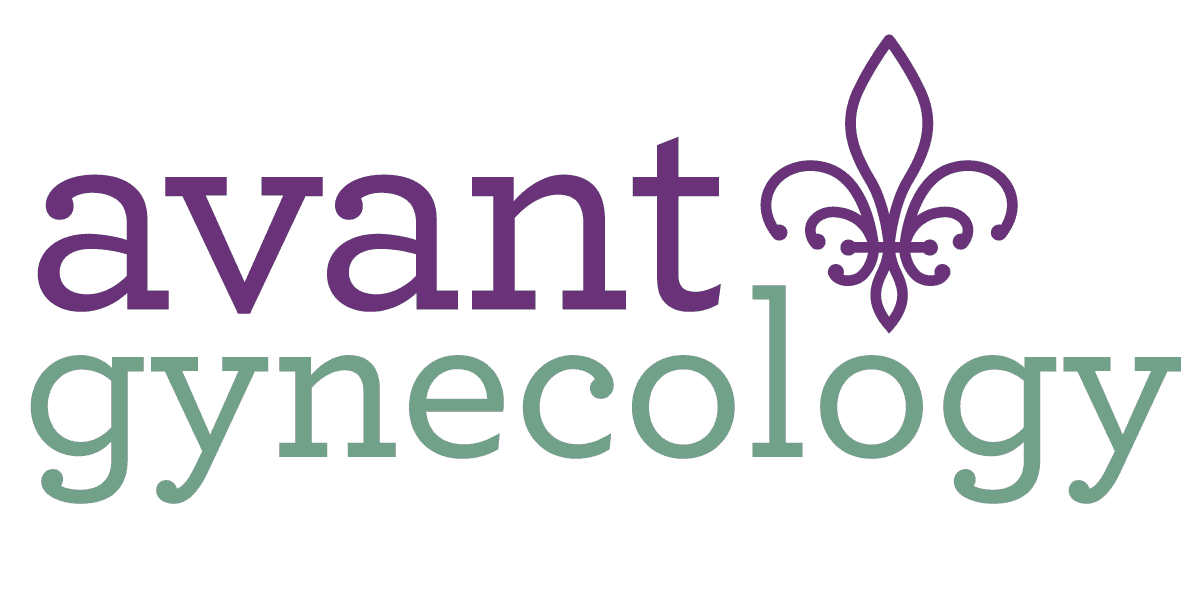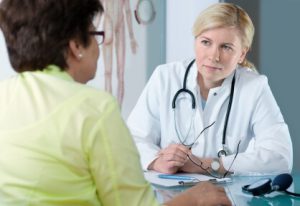Urogynecology
Urinary tract infections (UTIs) are common and often cause painful and frequent urination, strong-smelling urine and discomfort in the pelvic area. Occasionally, fever, back pain and blood in the urine may be present. It is important be evaluated if you are experiencing these symptoms. An untreated bladder infection could lead to a more serious problem, such as a kidney infection.
Treatment for UTIs typically consists of an antibiotic regimen, in addition to optimizing hydration and performing proper hygiene measures.
There are several types of urinary incontinence, and sometimes more than one kind of incontinence may be present at one time. Depending on the type(s) of urinary incontinence present, suggested treatments may include medication management, surgical treatment, behavioral modifications or InterStim® Sacral Nerve Stimulation. If you are suffering from urinary incontinence or other bladder-related problems, we may advise you to complete a bladder diary and undergo a urodynamic study in our office to better diagnose your condition and treat your symptoms most effectively.
- Stress Incontinence occurs when urine leaks with coughing, sneezing, laughing or certain physical movements like lifting and jumping. Stress incontinence is caused by weakening of the pelvic floor that supports the bladder, bladder neck and urethra. This weakening can result from a combination of factors, such as pregnancy, childbirth, genetic predisposition, aging and obesity. Behavioral therapy, biofeedback exercises and pelvic muscle exercises can provide improvement in symptoms for mild to moderate stress incontinence. For moderate to severe cases of stress incontinence, a urethral sling procedure (TVT) is the most effective treatment.
- Urge Incontinence occurs when urine leaking is associated with a strong, sudden urge to urinate. Symptoms of urge incontinence are often associated with an over active bladder or incomplete bladder emptying. Behavioral therapy, anti-cholinergic medications and InterStim® Sacral Nerve Stimulation are optional treatments for urge incontinence with associated over active bladder.
- Mixed Incontinence occurs when both symptoms of Stress Incontinence and Urge Incontinence are present. A combination of treatments may be necessary to reduce symptoms.
Symptoms associated with over active bladder (OAB) may include urinary frequency (more than 8 times/day), sudden urges to urinate, frequent night-time urination (more than 2 times/night) and urine leaks associated with a sudden urge to urinate. OAB symptoms can be aggravated by bladder irritants, such as caffeine, alcohol, citrus juices and artificial sweeteners.
If you are suffering from symptoms of OAB, we may advise you to complete a bladder diary and undergo a urodynamic study in our office to better diagnose your condition and treat your symptoms most effectively. A combination of behavioral modifications and anti-cholinergic medications is typically the initial treatment for OAB. If symptoms persist or medication is not tolerated, InterStim® Sacral Nerve Stimulation may be a recommended treatment for OAB symptoms.
Almost half of all women who have had a baby develop some degree of pelvic organ prolapse, although these problems can also occur in women who have never had children. Pelvic organ prolapse occurs when the muscles and tissue that makes up the “pelvic floor” can no longer hold the pelvic organs in place. Factors such as aging, childbearing, intense physical activity, chronic constipation and obesity can lead to weakening of the pelvic floor and prolapse of pelvic organs into the vagina.
Types of pelvic organ prolapse include uterine prolapse, vaginal vault prolapse (top of vagina descends after hysterectomy), bladder prolapse (cystocele), intestinal prolapse (enterocele), and rectal prolapse (rectocele).
Symptoms of pelvic organ prolapse can include a bulging sensation in the vagina, feeling of pelvic fullness or heaviness, appearance of organs bulging out of the vagina, lower back pain, urinary incontinence, problems with bowel movements, sexual difficulties, and problems inserting tampons. Often times, these symptoms worsen towards the end of the day or with standing, lifting, straining or coughing.
Treatment for pelvic organ prolapse varies depending upon the type and severity of prolapse, but recommendations may include vaginal estrogen, kegel exercises, pessary insertion, hysterectomy, and/or prolapse repair surgery.

